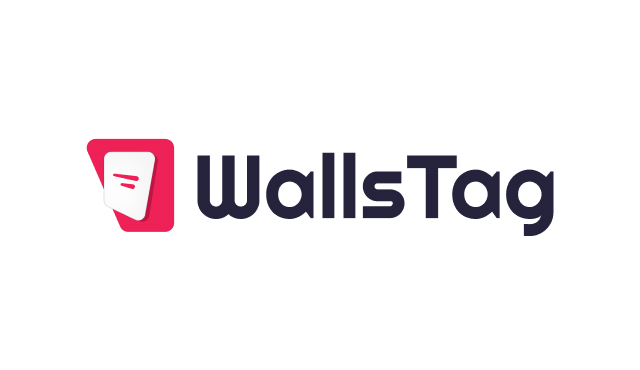In today’s digital age, managing multiple social media accounts efficiently and effectively is crucial for businesses, brands, and content creators. A social media aggregator is a powerful tool that can simplify this task by consolidating content from various social media platforms into a single, manageable view. Here’s why you need a social media aggregator and how to use it effectively in 2025.
Start your free trial
Why You Need a Social Media Aggregator
- Centralized Content Management:
- Streamline Efforts: Instead of logging into multiple social media accounts, you can manage all your content from one dashboard.
- Save Time: Aggregators reduce the time spent switching between platforms, allowing you to focus more on content creation and strategy.
- Enhanced Audience Engagement:
- Real-Time Updates: Display live social media feeds on your website or event displays, keeping your audience engaged with up-to-date content.
- Interactive Displays: Encourage audience interaction by showcasing user-generated content, hashtags, and comments in real-time.
- Improved Brand Monitoring:
- Track Mentions and Hashtags: Monitor brand mentions, hashtags, and keywords across multiple platforms to stay informed about what’s being said about your brand.
- Quick Responses: Enable quicker responses to customer feedback, inquiries, and potential issues.
- Content Curation and Repurposing:
- Curate Quality Content: Aggregate high-quality content related to your niche or industry, which can be shared with your audience.
- Repurpose Content: Easily find and repurpose existing content to keep your social media feeds active and engaging.
- Increased Social Proof:
- Showcase Testimonials and Reviews: Aggregate positive testimonials, reviews, and user-generated content to build trust and credibility with your audience.
- Highlight Influencer Partnerships: Display posts from influencers and brand ambassadors to enhance your brand’s reach and influence.
How to Use a Social Media Aggregator in 2025
- Select the Right Tool:
- Identify Needs: Determine what features are most important for your business, such as supported platforms, customization options, and analytics.
- Popular Options: Some recommended social media aggregators include Curator.io, Wallstag , Juicer, and Walls.io.
- Set Up Your Aggregator:
- Connect Accounts: Link your social media accounts (Facebook, Twitter, Instagram, LinkedIn, etc.) to the aggregator.
- Configure Feeds: Set up feeds based on specific hashtags, keywords, or user accounts to curate the most relevant content.
- Customize Display:
- Choose Layouts: Select from various templates and layouts to match the look and feel of your website or event display.
- Branding: Customize colors, fonts, and logos to ensure the aggregated content aligns with your brand identity.
- Embed on Your Website or Events:
- Website Integration: Embed the social media feed on your website’s homepage, blog, or any relevant page to keep your content dynamic.
- Event Displays: Use digital displays at events to show live social media interactions, encouraging attendee participation and engagement.
- Monitor and Analyze:
- Track Performance: Use built-in analytics tools to monitor engagement metrics such as likes, shares, comments, and overall reach.
- Adjust Strategy: Analyze the data to understand what type of content resonates best with your audience and adjust your social media strategy accordingly.
- Stay Compliant:
- Respect Privacy Laws: Ensure your use of social media content complies with data protection regulations like GDPR and CCPA.
- Adhere to Platform Policies: Follow the terms of service for each social media platform to avoid potential issues.
Conclusion
A social media aggregator is an essential tool for efficiently managing and leveraging your social media presence in 2024. By centralizing content management, enhancing audience engagement, improving brand monitoring, and providing opportunities for content curation and repurposing, aggregators can significantly boost your social media strategy. With careful selection and strategic use, you can create a more integrated, dynamic, and engaging online presence.










